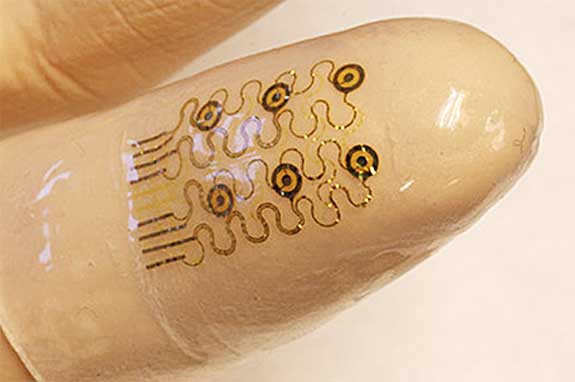When people hear the term “virtual reality”, they usually think of sci-fi books and movies and futuristic video games. But this is no longer the case since virtual reality (or VR for short) has already entered real life. Specifically, it’s making a name for itself in advertising as it helps companies grab the attention of their target audience and rise above their competitors.

Why is VR taking off in advertising?
Customer engagement has always been an important factor in corporate success, which is why companies have always been looking for meaningful and memorable ways to interact with their consumers. They switched from printed ads to TV commercials since these let them promote their products or services through attention-grabbing audio and video. From there, they moved on to social media marketing and guerrilla marketing so they can cater to the modern and adventurous mindset of the millennial generation.
Now businesses are stepping into virtual reality, which allows them to engage with their customers in a deeper level. By putting on the headset, consumers are drawn in to the VR world and enjoy a unique, high-tech experience that makes them feel more connected to the company’s brand.
Which companies are already using this technology?
Many corporations have realized the power of virtual reality and are creating their own VR advertising content. One such example is PepsiCo, which worked with digital agency Firstborn to create content that lets customers hang out (albeit virtually) with popular sports figures. Racing enthusiasts, for instance, can enjoy a ride with NASCAR driver Dale Earnhardt Jr., while skateboarding fans can do kickflips and heelflips with pro Paul Rodriguez.
Volvo has also used virtual reality to raise brand awareness and introduce customers to its newest models. Using the new technology, Volvo gave consumers the chance to go on a virtual test drive with its XC90 SUV and experience its exciting features without setting a foot away from the showroom.
Other companies who have jumped into the VR wagon include tequila maker Patron, UK-based telecoms company O2, and luxury boutique The Line.
Should business owners invest in VR?
Absolutely. It might seem like a huge unnecessary expense at first glance, but adopting VR advertising is actually important. According to market information company CCS Insight, the market for virtual reality devices and mobile augmented reality gadgets will reach around $4 billion three years from now, in 2018. So, to prepare for this boom and ensure they’re on top of the competition once VR becomes widespread, business owners must start developing their strategy as early as possible.
They can start by thinking of unique ways to integrate VR into their marketing campaigns. Those who own a travel company, for instance, can design content that let customers virtually visit a tropical vacation destination and see what it has to offer. Those who own an event organizing business can create content that allows clients to attend and enjoy a virtual concert or music festival.
Virtual reality advertisement is here to stay, and it’s up to companies to adapt to it and integrate it in their marketing strategies.
